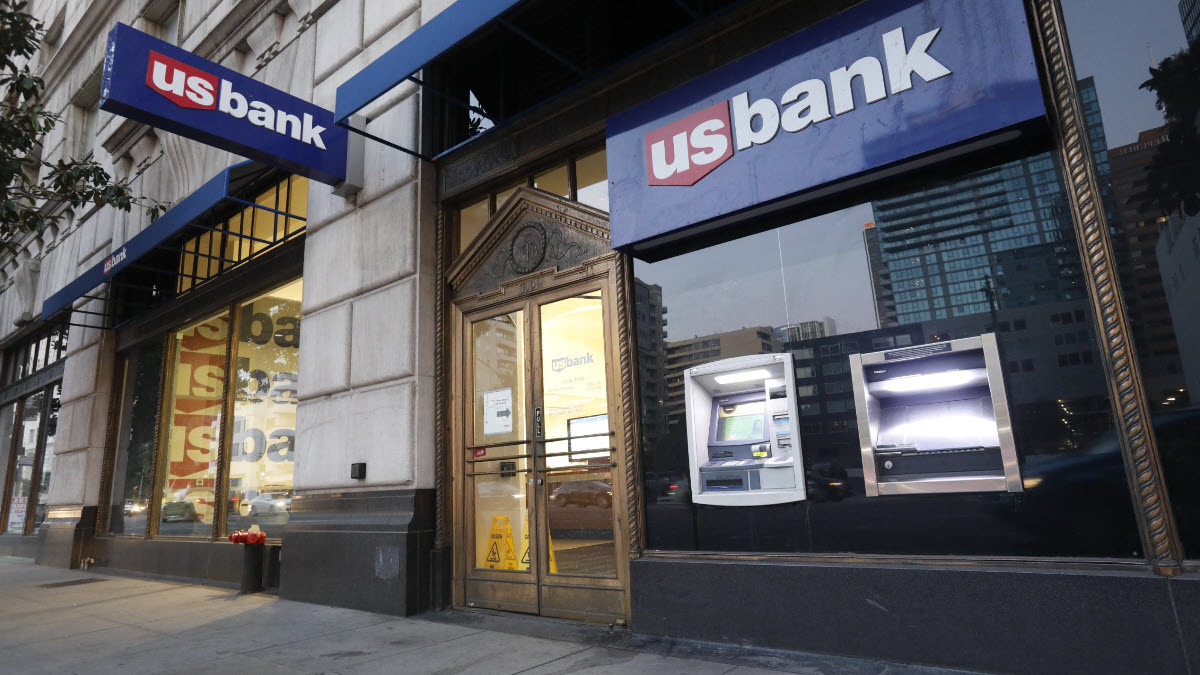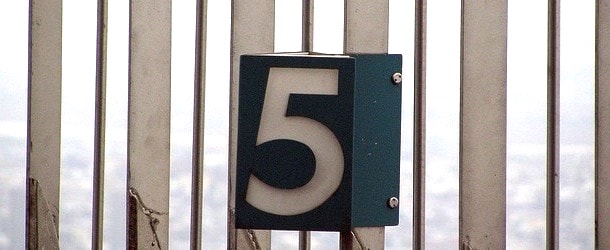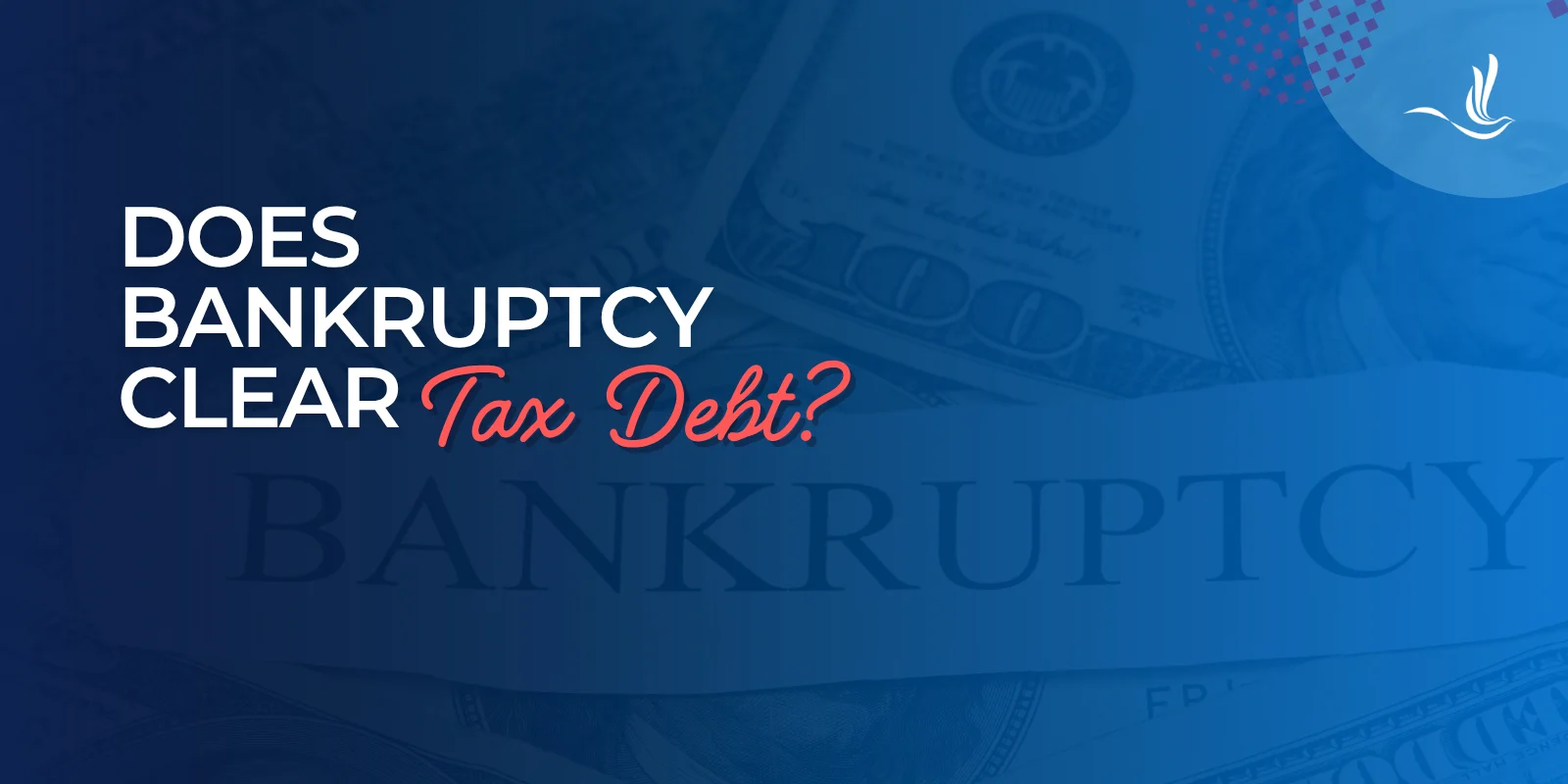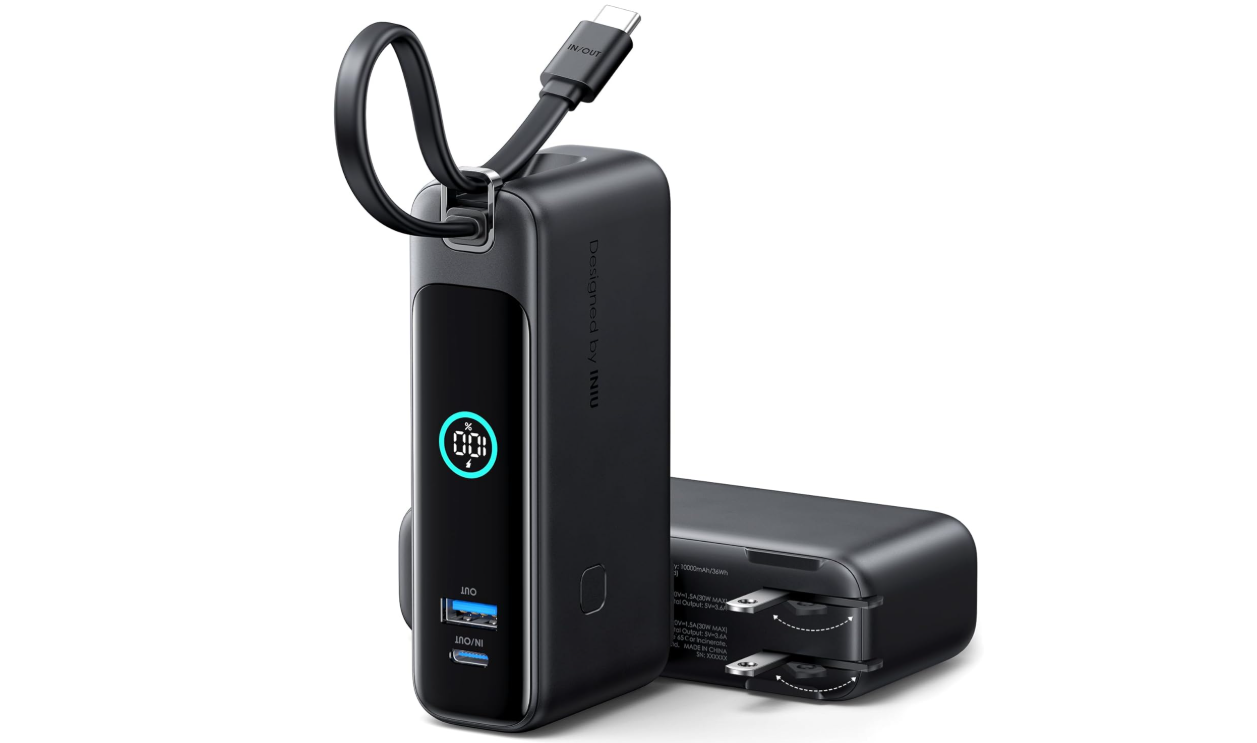Thinking back to the 1990s, it’s hard to imagine just how much banking has evolved. If you were a bank customer then, you probably have not-so-fond memories of constant trips to the local bank for even the simplest transactions, like depositing a check or withdrawing cash.
The world of banking was much slower then—everything from phone banking on dial-up internet to manually balancing checkbooks. It feels like a different era entirely. And it was. Fast forward to today and we’re living in the age of instant mobile transfers, digital wallets, and 24/7 access to our accounts.
So where is banking headed next and how will local banks keep up with new technology? Reflecting on the last 30 years, it’s clear to see how technology has been at the heart of these changes, and there’s no signs of it slowing down any time soon.
Access and Convenience
Back in the 1990s, banking was all about having a physical presence—a local branch that you could stop in at or making a call on a landline from your location to the bank’s location. To deposit a check, pay a bill, or even check your balance, you had to contact the physical bank somehow. If you wanted to use an ATM, there were far fewer than there are now, and most weren’t available 24 hours a day.
In many cases, you had to wait for an operator to connect you to your phone banking, where you could check your balance and sometimes access other services. But for almost everything, you had to go to the bank in person. Transactions could take days to process and opening hours often meant that you had to carefully plan when you could stop at a branch.
These days, though, things look very different. Thanks to mobile banking apps, you can check your accounts at any time, day or night. Gone are the days of rushing to the bank before it closes. Now, you can check balances, transfer funds, pay bills, and even deposit checks straight from your phone, whenever you want.
ATMs are now available around the clock and can process deposits, as well as withdrawals, along with other services like bill payments. We now expect a high level of convenience in our banking, with 68% of U.S. consumers using banking apps on their mobile devices as of 2023.
Payments and Transactions
When we think of payments now, we have numerous options to choose from—cash, credit or debit cards, mobile wallets, and contactless payments. But in the 90’s, checks and cash were standard, with the odd card transaction thrown in. Writing checks to pay for everything from rent to groceries was common, and paying bills over the phone meant it could take days for anything to clear. Credit cards were used for rare, big purchases and if you had any type of credit card rewards, you were in the minority.
Instantaneous payments, rather than waiting days for transactions to be reflected on your account, is now something we’re all used to. Online and in-store payments take seconds, while sending money to friends and family via peer-to-peer apps like Venmo and Zelle have meant that checks are now almost obsolete. Credit cards are often used for everyday purchase these days, thanks to faster payment networks and the many rewards options that credit card companies now offer.
For young consumers, using digital payments has now become the preference. 91% of Americans aged 18-26 report using their digital wallet as their primary payment method, with many having multiple bank accounts and cards linked to their digital wallet at one time.
Statements and Record Keeping
Imagine having to wait a whole month for a paper bank statement to arrive in the mail if you needed to check your bank account balance and transactions but didn’t have time to go to a branch. In the 1990s, that was reality. Physical passbooks were common and knowing how to manually balance your checkbook was an essential financial skill.
Real-time tracking wasn’t possible. If you needed to know how much money was in your account, you either waited a month, or headed down to your nearest branch for a balance inquiry. And if you still had checks waiting to clear, those weren’t accounted for in real-time either.
These days, everything has changed. Paper statements are becoming increasingly rare, replaced by digital versions that are available via a mobile or online banking portal. Real-time transaction data means that you know exactly what’s happening in your account as it happens.
Budgeting tools built into mobile apps also mean that you can set your financial goals more easily and keep tabs on your money at any time. You can also set up automated alerts for low balances, large purchases, or suspicious activity to add an additional layer of convenience and security.
Security and Fraud Prevention
Banking security of the 1990s left a lot to be desired. You may have had a single password on your account, if you were lucky. But in most cases, fraud prevention measures were limited and check fraud was a significant concern. Scams often happened in person, with people handing over the bank account details without thinking or writing out a check without checking that everything was correct. If you made an error and the bank didn’t catch it, it was too late to do anything about it.
But these days, thanks to technology, banking security has become more sophisticated. With multi-factor authentication (MFA) now the norm, customers are required to identify themselves before accessing their accounts. The introduction of AI into banking has allowed financial fraud prevention to level up, tracking for suspicious activity in real time.
Despite the rise in online fraud like phishing attacks and identity theft, banking is now far more secure than it ever was, thanks to advanced encryption and biometric security. These fraud prevention methods will only continue to evolve as technology develops specifically for the financial services industry.
What’s Next For Banking?
So where do we go from here? As we look to the future, significant changes like the rise of AI and chatbots for customer support and financial management are reshaping how banking looks. AI-driven systems will soon handle many of the aspects of digital banking that we’ve become used to, from answering customer questions to providing personalized guidance and financial advice.
We’ll also see a rise of embedded finance, where banking apps seamlessly integrate into other areas of our lives to offer a more personalized and integrated experience. The ideas behind this is that, as your banking needs become more streamlined, you’ll have everything you need in one place that’s tailored to your specific financial needs.
Biometric security is also an area that will continue to evolve. Facial recognition, fingerprinting, and voice identification are becoming more common in banking. Virtual tellers, the next evolution of ATMs, will use this technology to provide live, face-to-face interactions with bank tellers who may be hundreds of miles away. This means that you can complete more complex transactions from your car at the drive-thru window, rather than having to step into a branch.
The Past, Present, and Future
As we look back on how far banking has come in the last 30 years, it’s remarkable to see how much technology has changed the way we work and normalized the convenience and accessibility of our financial transactions. But this is just the beginning. As technology continues to evolve, the future of banking continues to look more exciting.
For customers, though, one thing remains constant: trust. No matter how far technology evolves, having a bank that’s reliable and secure, while maintaining a personal touch, is essential. Explore the latest tools at a modern bank in VT and NH like Union Bank and stay ahead of the curve when it comes to managing your finances. Talk to one of our team today to help you prepare for the next phase of banking’s evolution.
Publisher: Source link











